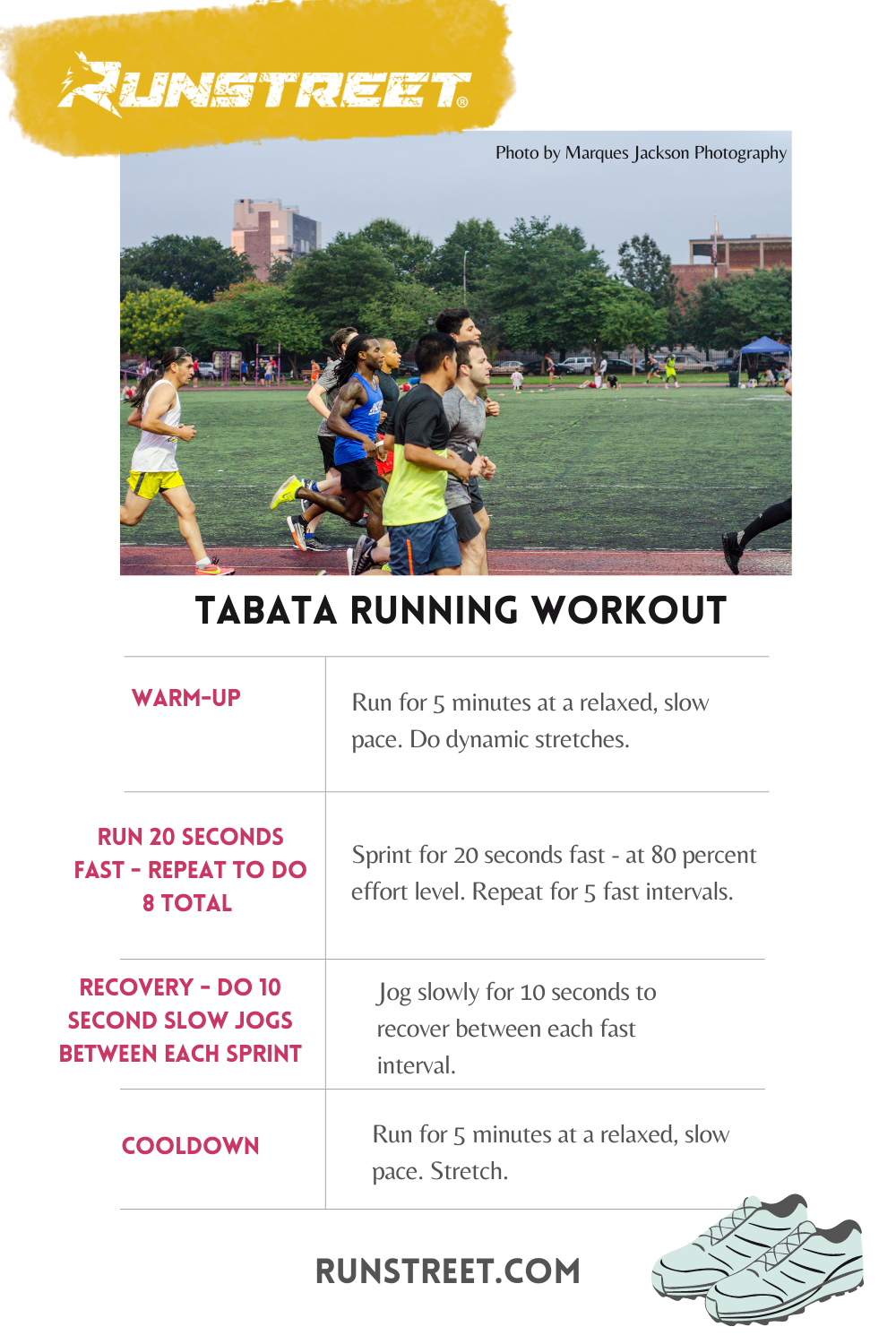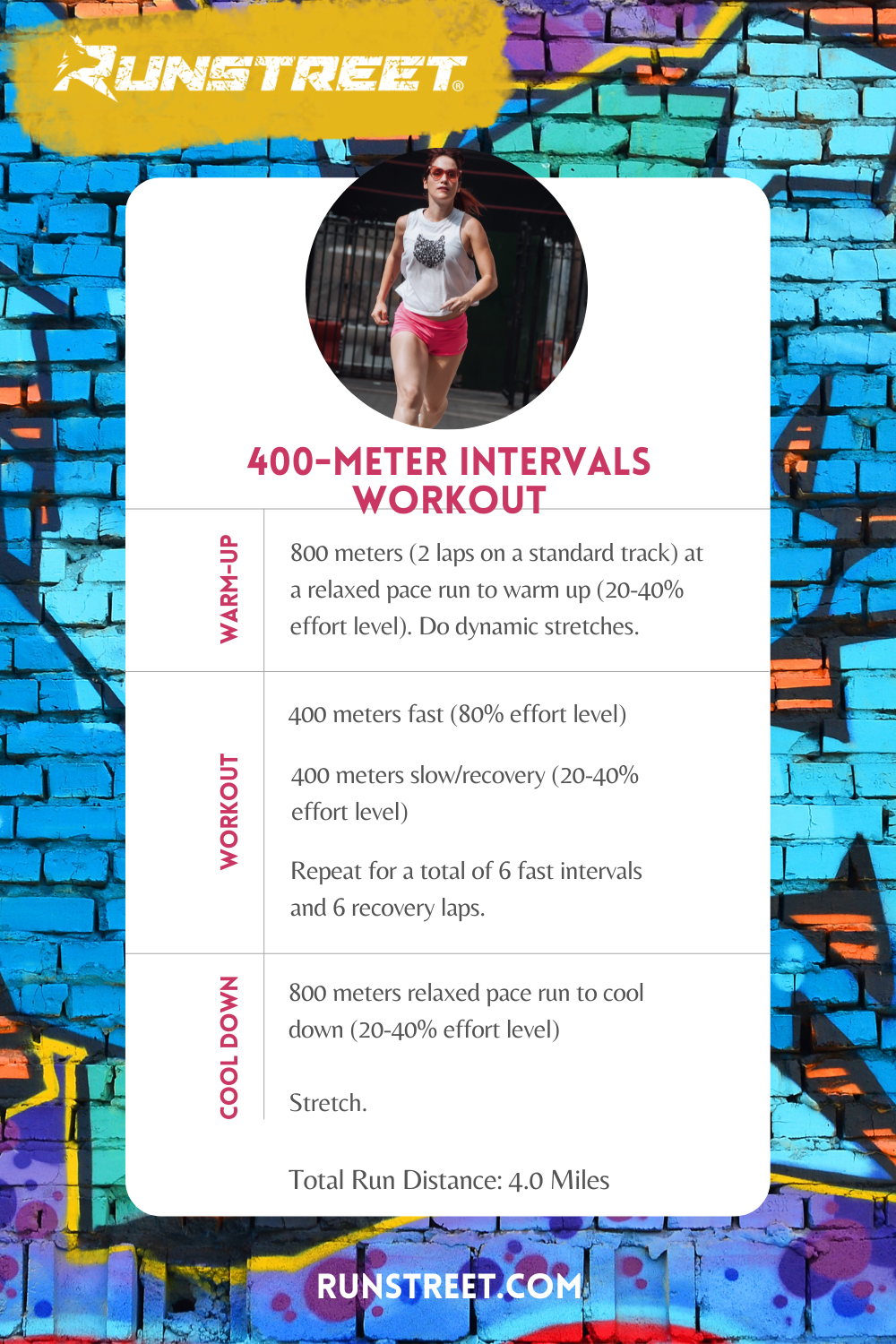The Ultimate Running Strategy Guide: Accomplish Your Physical Fitness Goals
The Ultimate Running Strategy Guide: Accomplish Your Physical Fitness Goals
Blog Article
The Ultimate Overview to Handling Discomfort When Running
Whether you are a seasoned marathoner or simply beginning your running journey, understanding the various kinds of discomfort that can occur and the techniques to address them is crucial. From pre-run workout regimens to proper shoes option, there are various elements to consider when it comes to dealing with discomfort while running.

Recognizing Different Sorts Of Running Discomfort
When running, it is crucial to compare various sorts of pain to avoid injuries and take full advantage of efficiency (Read More). One common kind of discomfort that joggers might experience is muscle mass discomfort, which usually develops from the stress and anxiety placed on muscles throughout workout. This sort of discomfort is often a normal component of the running procedure and can be handled with correct workout, cool-down, and extending regimens
Another kind of pain to be conscious of is joint pain. Joint pain can indicate problems such as overuse, inappropriate type, or underlying problems like arthritis. Neglecting joint pain can result in extra serious injuries, so it is critical to deal with any kind of discomfort immediately and perhaps look for specialist guidance.
Furthermore, sharp or stabbing discomforts need to not be disregarded. These kinds of discomfort can signal acute injuries such as stress, strains, or stress and anxiety fractures - running workout. Remaining to go through these sorts of discomfort can exacerbate the injury and prolong healing time

Pre-Run Workout and Extending Regular
To prepare the body for a running session, carrying out an efficient pre-run workout and extending regular is crucial. A proper warm-up helps enhance blood flow to the muscles, improves flexibility, and decreases the danger of injury during the run. Begin with dynamic stretches like leg swings, arm circles, and high knees to gradually raise your heart rate and loosen up the muscles. Dynamic extending aids resemble the activities you'll be doing while running, preparing your body for the task in advance. Follow this with static stretches concentrating on major muscle teams such as the hamstrings, quadriceps, calf bones, and glutes. Hold each go for regarding 15-30 seconds without bouncing to promote muscle leisure and adaptability. Bear in mind to pay attention to your body and change the intensity of your warm-up based upon your fitness level and any kind of pre-existing problems. By including a constant pre-run warm-up and stretching routine into your running routine, you can maximize efficiency and minimize the risk of pain or injury.
Correct Footwear Selection and Fit
Picking suitable shoes that fits well is vital for runners to protect against discomfort and lower the danger of injuries. Uncomfortable footwear can lead to sores, black toenails, shin splints, and various other excruciating problems that can hinder efficiency and sideline training. When choosing operating shoes, it is necessary to think about factors such as foot kind, running gait, arch assistance, cushioning, and footwear size. running workout. Visiting a specialized running shop for a gait evaluation and specialist fitting can assist ensure that you choose the right footwear for your individual requirements. Running footwear ought to provide sufficient support and security while also being comfortable and light-weight. Additionally, it is suggested to change your operating shoes every 300-500 miles to keep proper cushioning and support. Spending in top notch shoes that is suitable for your running design and foot makeup is an aggressive step towards stopping discomfort and injuries throughout your runs.
Nourishment and Hydration Tips for Pain Prevention

Hydration is just as essential for joggers to prevent pains, dehydration, and other pains that can result in discomfort during running. It is advised to drink an appropriate amount of water throughout the day and specifically before, throughout, and after running sessions. Electrolyte-rich beverages or sporting activities drinks can additionally be advantageous for Your Domain Name restoring lost minerals and preserving proper fluid equilibrium. running strategy (Read More). By prioritizing nutrition and hydration, joggers can boost their efficiency, reduce discomfort, and take pleasure in a more comfy running experience.
Post-Run Recovery Techniques to Alleviate Discomfort
Executing reliable recuperation methods is crucial for reducing discomfort and advertising muscular tissue recovery after running sessions. One crucial post-run recuperation technique is stretching. Integrating fixed go for significant muscle groups can help lower muscle tension and discomfort. Foam rolling is an additional beneficial method to launch muscular tissue rigidity and improve blood flow to the muscular tissues, assisting in quicker recuperation. In addition, topping sore locations for 15-20 minutes can help in reducing inflammation and numb pain post-run.
Eating a well balanced treat or dish that includes healthy protein and carbs within 30 mins of finishing a run can help repair muscle mass tissue and renew power shops. By incorporating these post-run recovery strategies into your regimen, you can effectively handle discomfort and maximize your running performance.
Verdict
To conclude, dealing with various sorts of running pain via correct workout, stretching, shoes option, nourishment, hydration, and post-run recovery strategies is essential for discomfort avoidance and management. By comprehending the root causes of discomfort and applying these approaches, runners can decrease pain and possible injuries. It is critical to focus on general physical health and health to ensure an effective and satisfying running experience.
Report this page